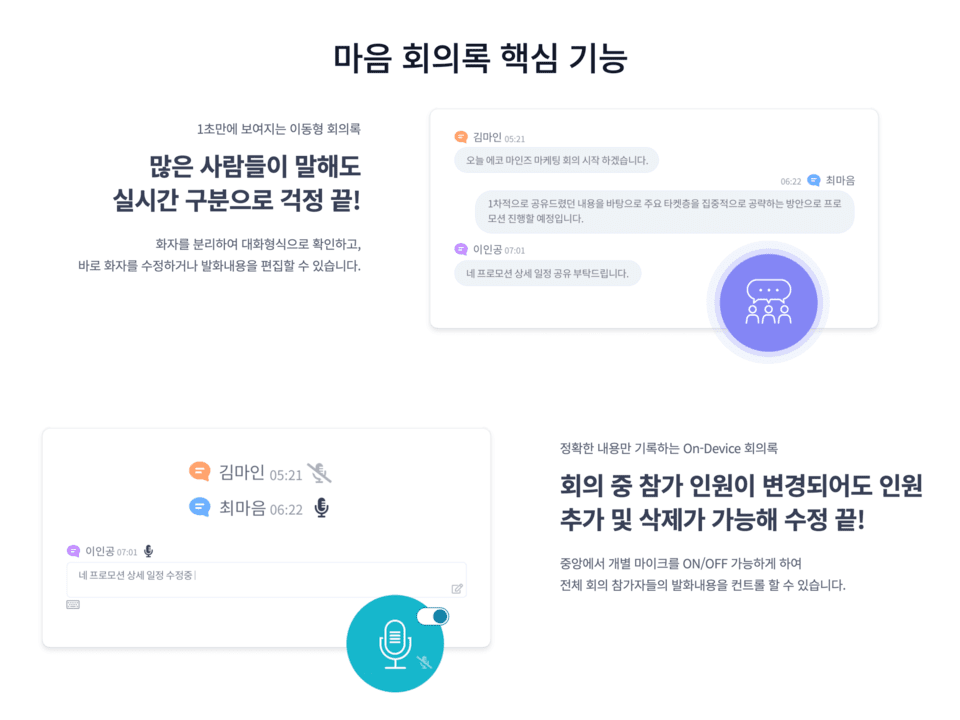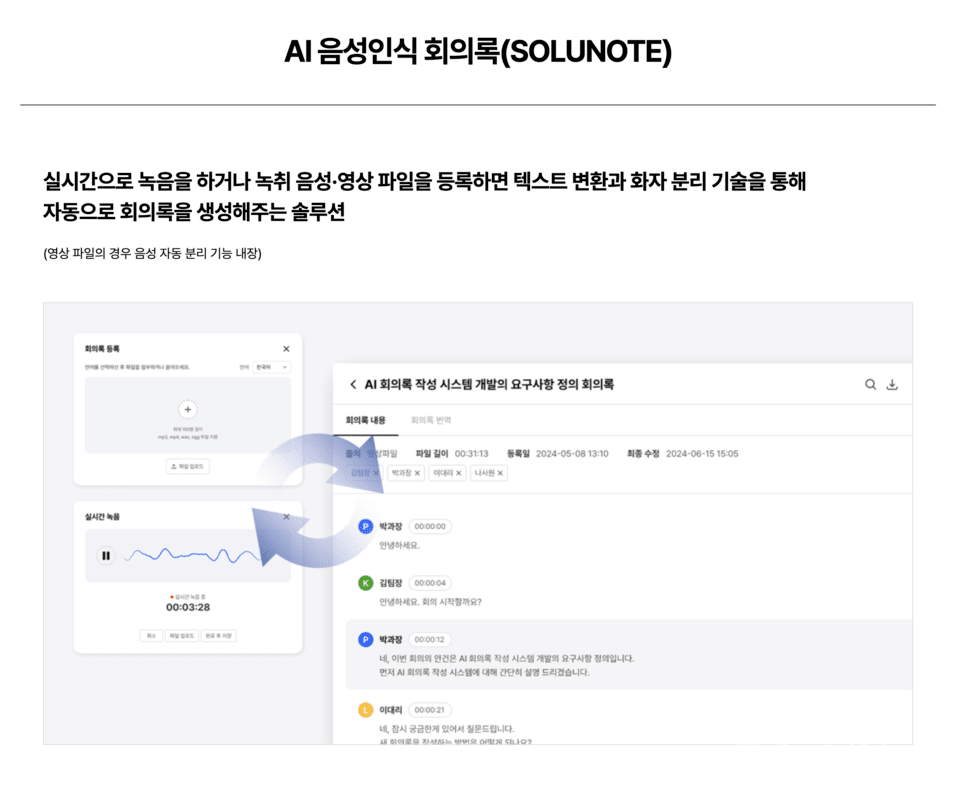Kim Sa-won is the first to tidy up his seat as soon as a meeting ends. There’s no special secret. From writing meeting minutes to organizing tasks, he uses AI to automatically track the flow of work.
On the other hand, another new employee on the same team feels lost at the end of meetings. The meetings are long, but it’s ambiguous who is supposed to do what, and which decisions have been made. Trying to draft meeting minutes, they find statements are scattered and the main points are easily overlooked. Their supervisor says, “Summarize the meeting content,” but they don’t know where to start. Ideas and action plans become vague.
This is when meetings leave more confusion than efficiency. Particularly for inexperienced new employees, a meeting is not a means of information delivery but a source of stress. Unorganized meetings can hinder the entire organization, and employees who don’t know what to do after meetings lose direction.
AI is overcoming such limitations. Beyond just drafting meeting minutes, technology that organizes the goals, decisions, and action items of a meeting is being implemented in practice. It supports voice recognition, speaker separation, keyword extraction, summary organization, as well as sorting by speaker and task designation. Decisions made during meetings and the responsible parties become clear, which also clarifies the direction of the work.
Such functions are particularly useful for novice practitioners. By copying meeting audio or notes into the AI and instructing it to “summarize key decisions and responsible parties,” “summarize topics by speaker,” or “distinguish meeting purposes, agreed results, and next actions,” the meeting content is automatically organized. Using these drafts, reports or email summaries of meeting results can be easily written.
If roles are assigned before asking questions, the quality of responses improves. By instructing, “You are now the meeting specialist secretary. Organize these meeting minutes for me,” AI responds with sentences tailored to the situation and tone, making it possible to organize meetings focused on purposes and execution, beyond simple summaries.

Various AI services specialized for meetings are also being actively used in Korea. Naver’s Clova Note is a widely-used meeting minutes service equipped with multi-language recognition, dedicated vocabulary registration for companies, and strong security features. It also offers memo and bookmark functions during meetings.

Maum AI’s Maum Minute automatically generates meeting minutes with just the upload of voice files, and its diverse document format storage and conversation editing functions are suitable for practical use.

SOLU Note is spreading primarily among public institutions, boasting high security and voice recognition accuracy.
However, when recording meeting content or inputting to AIs, it is essential to obtain the agreement of all members involved. Additionally, the content organized by AI is merely a supplement; essential judgments must be made by humans. While summaries can be quick, the direction should be determined by the organization.
The essence of meetings is not about long discussions but about accurate organization and execution. AI is a tool that assists that essence. What new employees need is not more meetings but a clearer work structure. If AI can facilitate that structure, both meetings and tasks can become more concise. Reducing is indeed the beginning.